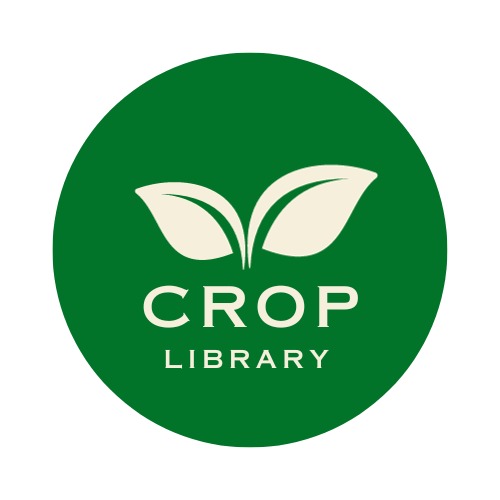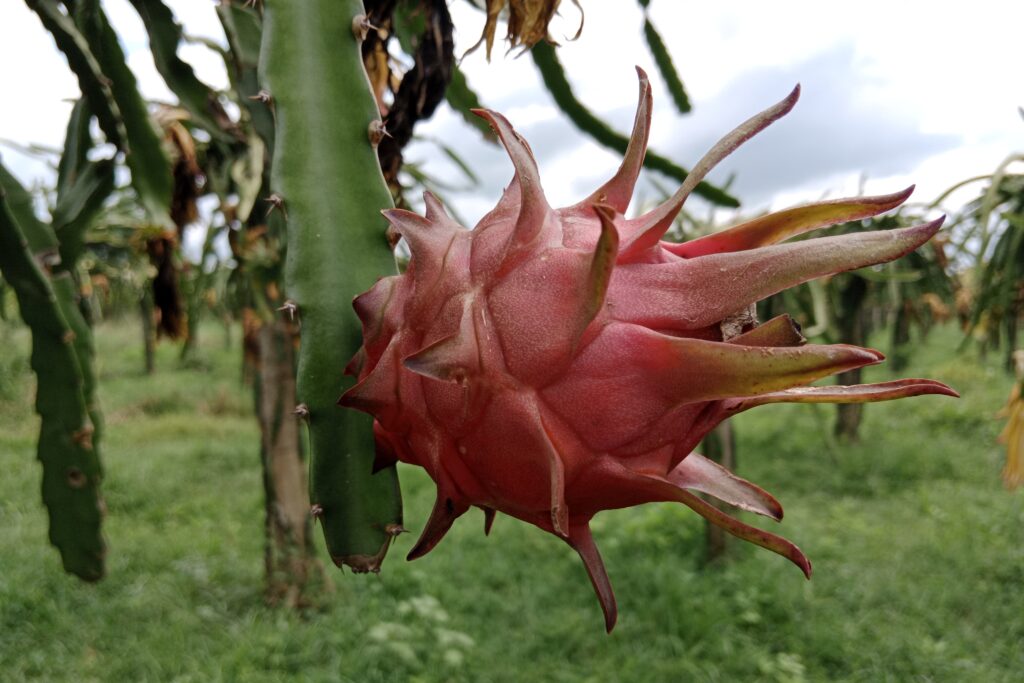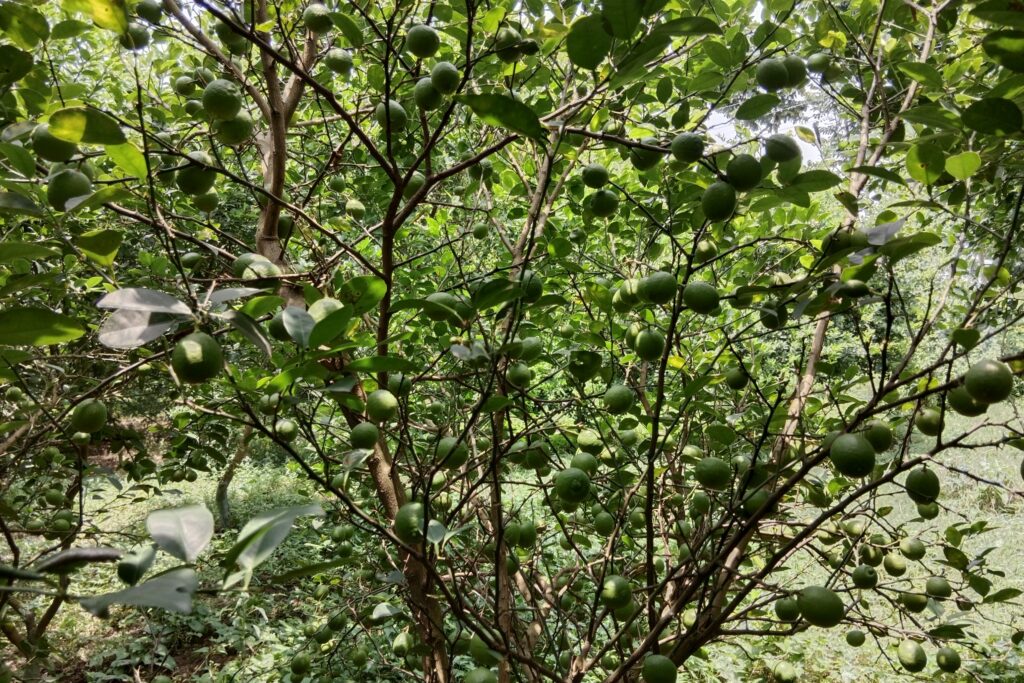Introduction
Brinjal, scientifically known as Solanum melongena, is a widely cultivated and economically important vegetable grown in many regions around the world. It holds significant value for smallholder farmers as it serves as both a staple crop and a source of income. Despite its importance, brinjal cultivation faces several challenges, one of the most critical being bacterial wilt. This devastating disease is caused by the soil-borne pathogen Ralstonia solanacearum and is responsible for considerable yield losses, ranging from 30% to 70% under favorable conditions for the pathogen.
Why Is Bacterial Wilt Difficult to Manage?
Adaptability
Bacterial wilt pathogens, particularly Ralstonia solanacearum, exhibit remarkable adaptability to different environmental conditions. They thrive in a wide range of climates but are particularly prevalent in humid tropical regions, where high moisture and temperature levels favor their growth and spread. This adaptability allows the disease to persist in diverse agroecosystems.

Soil Persistence
The bacteria can survive in the soil for extended periods, even in the absence of a host plant. This persistence is facilitated by their ability to form survival structures such as biofilms or enter a dormant state. They can also colonize alternate hosts, including weeds, which further complicates their eradication.
High Infectivity
Bacterial wilt pathogens are highly infectious and capable of rapid multiplication and spread. They can invade plants through wounds, natural openings, or via water movement in the soil. Once established, they block the plant’s vascular system, leading to wilting and eventual death. Their high infectivity often renders conventional control methods, such as crop rotation or chemical treatments, ineffective.
Symptoms of Bacterial Wilt
Wilting
Rapid and irreversible wilting of leaves despite adequate moisture.
Discoloration in Stems
Brown streaks in the xylem, visible when stems are cut.
Bacterial Ooze
Milky bacterial exudate observed when infected stems are placed in water.
Stunted Growth
Infected plants exhibit yellowing, stunted growth, and eventual death.
SIMILAR ARTICLE: Management of Brinjal shoot and fruit borer.
Six Strategies to Control Wilt in Brinjal
Crop Rotation
Rotating brinjal with non-host crops such as cereals, legumes, marigold, or cauliflower helps break the lifecycle of Ralstonia solanacearum, the bacterial wilt pathogen. These non-host plants reduce bacterial populations in the soil, minimizing disease incidence over time.
Field Flooding
Flooding fields for 1-3 weeks before planting creates anaerobic conditions that significantly reduce bacterial populations. This method is particularly effective in controlling soil-borne pathogens in areas with appropriate water management capabilities.
Biological Control
Using Biocontrol Agents
Beneficial microorganisms like Pseudomonas fluorescens can suppress R. solanacearum by competing with it and promoting plant health.
- Seed Treatment: Coat seeds with fluorescens formulations before sowing.
- Root Treatment: Apply biopesticides to roots during transplanting.
- Soil Treatment: Mix the biopesticide into the soil around plants.
- Nursery Application: Treat seeds with talc-based fluorescens (10g/100g seeds) and incorporate it into the nursery bed soil (50g/kg soil).
- Main Field Treatment: Dip seedlings in a solution of fluorescens (25g/L water) for 20-30 minutes before transplanting and drench the remaining solution around the root zones (50ml/plant).
Using Organic Manures
Regular application of organic manures like FYM or poultry manure increases beneficial soil microflora, enhancing natural disease suppression.
Resistant Varieties
Planting brinjal varieties resistant to bacterial wilt offers a sustainable, long-term solution. Resistant cultivars limit the pathogen’s ability to infect and spread.
Integrated Pest Management (IPM)
Combining cultural practices, resistant varieties, and biological controls provides a holistic approach to managing bacterial wilt. This strategy reduces reliance on chemical treatments while enhancing overall efficacy.
Chemical Management
- Spray Copper Fungicides (e.g., 2% Bordeaux mixture) around root zones (50ml/plant) for disease suppression.
- Apply Kasugamycin 5% + Copper Oxychloride 45% WP at 1.5g/L of water for bacterial control.
- Use Streptomycin Sulphate 90% + Tetracycline Hydrochloride 10% SP at 0.2g/L water as a foliar spray to reduce infection and prevent disease spread.
What Causes Bacterial Wilt?
Bacterial wilt is caused by Ralstonia solanacearum, a highly adaptable and aggressive pathogen known for its wide host range. It infects over 450 plant species, including economically important crops like brinjal (eggplant), tomato, and pepper. This versatility makes the disease a significant threat to agriculture globally.
Key Features of the Pathogen
Mode of Infection
- The bacteria invade plants through wounds, root injuries, or natural openings like hydathodes.
- Once inside, they multiply and colonize the xylem (water-conducting tissues).
- The bacterial population creates blockages in the xylem, disrupting water and nutrient transport, causing plants to wilt and eventually die.
Rapid Spread
The pathogen spreads through multiple pathways:
Soil
Survives for long periods and infects plants via root contact.
Water
Moves with irrigation or rainwater, reaching uninfected plants.
Infected Plant Debris
Serves as a reservoir for the bacteria, perpetuating infections in subsequent crops.
Farming Tools
Contaminated tools and equipment transfer the bacteria between plants and fields.
Pseudomonas fluorescens – Sustainably Control Bacterial Wilt
The use of biopesticides based on Pseudomonas fluorescens highlights their effectiveness and sustainability in managing bacterial wilt and other plant diseases. These beneficial bacteria not only suppress pathogens but also promote overall soil and plant health, aligning with eco-friendly agricultural practices.
Key Benefits
Eco-Friendliness
- Pseudomonas fluorescens provide a natural alternative to chemical pesticides.
- Its application minimizes chemical residues in the soil and environment, supporting sustainable farming practices and reducing ecological risks.
Cost-Effectiveness:
- Biopesticides made from local strains of Pseudomonas fluorescens are inexpensive to produce.
- Organic carriers like talc or compost are used to formulate these products, keeping costs low and accessible for farmers, especially in resource-limited settings.
Improved Soil Health:
- Organic carriers used in biopesticide formulations contribute to soil fertility.
- The application of Pseudomonas fluorescens promotes a healthy soil microbiome by encouraging the growth of beneficial microorganisms. This enhances nutrient cycling, soil structure, and plant resilience to diseases.
Bacterial wilt in brinjal is a formidable challenge, but the use of indigenous Pseudomonas fluorescens offers a sustainable, eco-friendly solution. This approach not only suppresses the disease but also improves crop productivity, benefiting farmers and the environment alike. By integrating biological control with cultural practices, we can achieve healthier, more resilient agricultural systems.


